If you’ve been near a classroom in the US in the last twenty years, you’ve probably heard of Selma, Alabama. Or maybe you saw the movie.
It’s a name synonymous with civil rights and is known to be an important part of history. Not only African American history, but all of our history.
But, like many of us, what I thought I knew and what I actually knew were two different things. There are plenty of times that ignorance in society is willful, but sometimes it’s just a missed lesson, a skimmed article or lack of access to a location or event.
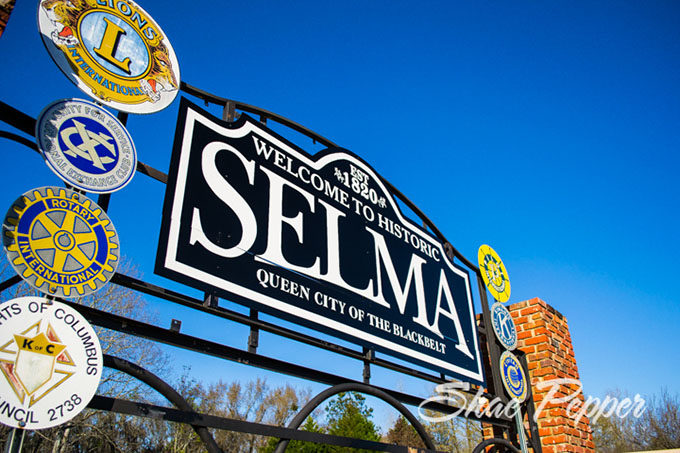
Here’s what I thought I knew (in no particular order): Selma had something to do with the freedom riders and the bus attacks. There was a march to Selma from Montgomery that Dr. King was a part of. That it was important to the civil rights movement. That there was an iconic bridge that people were attacked on to keep them from marching for civil rights.
The facts:
- It was actually Anniston (and Birmingham) where the Freedom Riders were attacked with the firebombs that we know of when we think of the Freedom Riders.
- The march was FROM Selma to Montgomery and covered 54 miles.
- The initial march to Montgomery on March 7, 1965 was led by Mr. Hosea Williams and Mr. John Lewis, as Dr. King was in Atlanta (with plans to meet up the following day). Dr. King was a part of the March 25, 1965 march to Montgomery.
- Not only was the march important to the civil rights movement, but it was critical to the introduction and passing of the Voting Rights Act of 1965. This ensured African Americans had barriers removed that had been placed on them, preventing them from voting.
- The bridge is called the Edmund Pettus Bridge, named for the Confederate Brigadier, Alabama Senator and Grand Dragon in the Klu Klux Klan. It was part of the march from Selma to Montgomery and is where the attacks that happened on March 7, 1965 – also referred to as Bloody Sunday – took place.
But there’s even more to this story, as there always is.

There’s a short walk you can do in Selma that starts at Brown Chapel AME. This church is in the heart of Selma and the George Washington Carver Homes Community. It was from this church where much of the organization for the march happened.
Why the church? A number of reasons. Firstly, that was the only place African Americans could congregate safely in large numbers. Secondly, it was in the middle of the community where many lived and therefore they could be warned if trouble was on its way.

The church is still a place where you can stop and see where the movement began. We saw a large busload of students coming to learn more and had the opportunity to spend a bit of time with local children who were enamored with Truffles.
Once we were finished at the church, we drove further along the route. It was our initial goal to walk the route but getting a later start in the day than expected meant we didn’t have as much time as we would’ve liked.

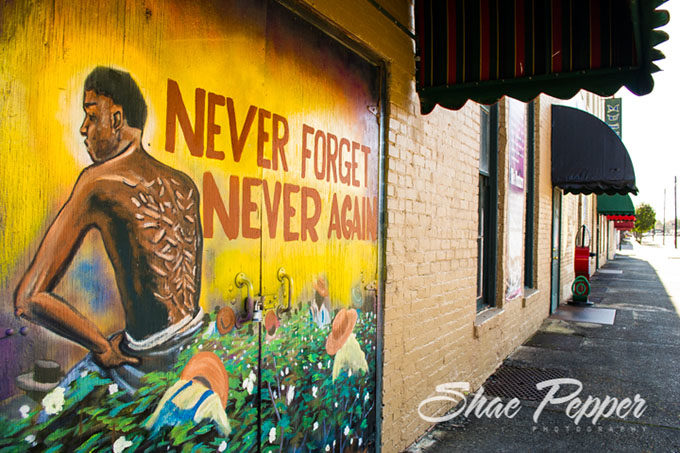
There were a number of stops and museums to see along the walk towards the Edmund Pettus Bridge. The Old Depot Museum, the Ancient Africa, Enslavement and Civil War Museum and the Selma Interpretive Center. We parked in downtown Selma and walked over the Edmund Pettus Bridge.
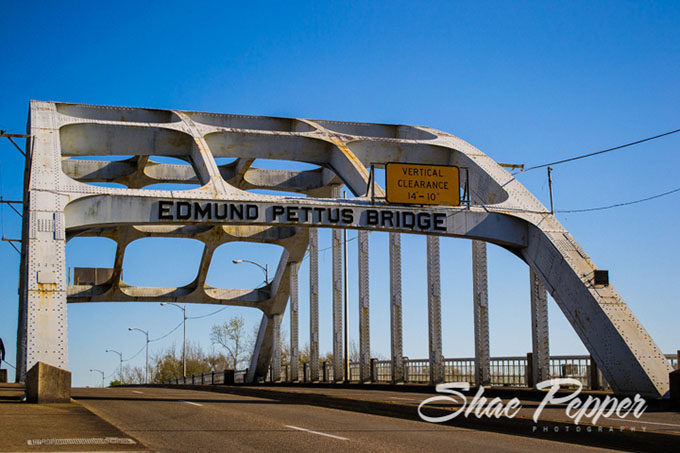
The Edmund Pettus Bridge was the site of the Bloody Sunday attacks of March 7, 1965. Around 600 people began to march from Brown Chapel AME in Selma to Montgomery, Alabama. Their aim was to challenge the lack of voting rights for African Americans at that time.
On that day, the Sheriff, his deputies and state troopers authorized by George Wallace (the Governor at the time) met the protesters as they marched over the bridge. Not only were they attacked on the bridge, but they were chased all the way back to their homes and places of worship (almost a mile away).
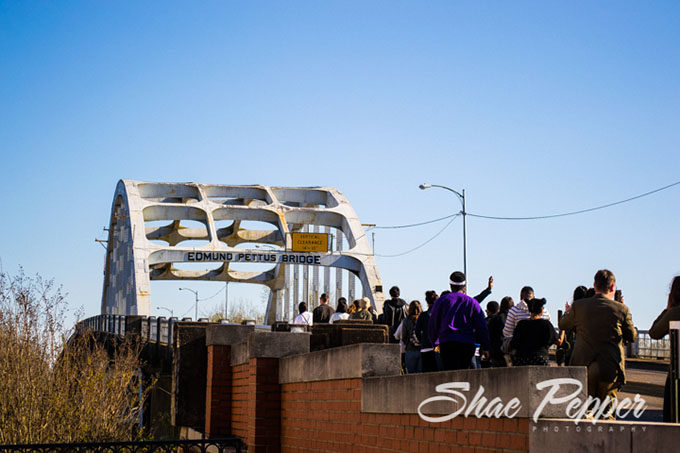
We had the opportunity to not only cross the bridge ourselves, but to also see groups of students making the crossing as well. While restricted to the sidewalk for safety, it’s no less powerful to see a group of people recreating that historic march.
The march from Selma to Montgomery in 1965 was finally able to recommence on March 21, 1965 with the support of President Johnson. It swelled from 2,000 leaving Selma to close to 25,000 people by the time it reached the Capitol building in Montgomery, Alabama.
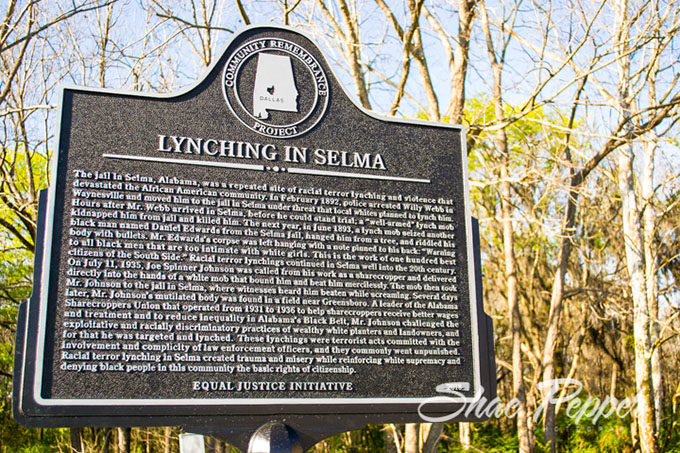
Once we’d crossed the bridge, we were able to see the National Voting Rights Museum and Institute. We didn’t go in since we had Truffles, but we saw statues, historic markers, sculptures and art in honor and memory of those that marched and gave their lives, time and resources to the Civil Rights Movement.
If you continue down the road, you’ll go on towards Montgomery. We returned over the bridge and began to make our way back the state capital of Alabama filled with more knowledge and heavier hearts than when we arrived.
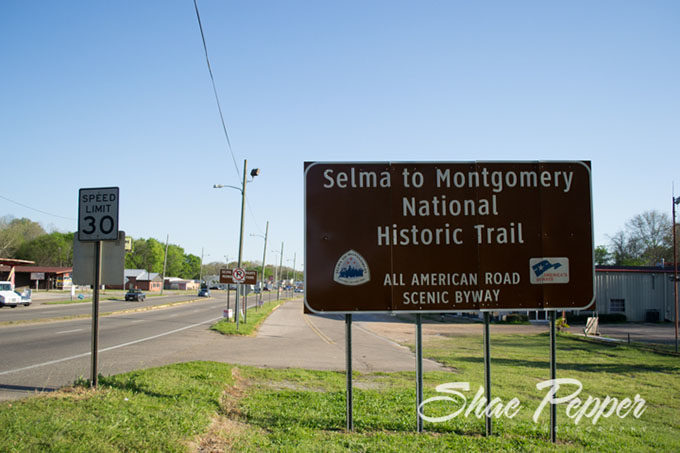
Marchers in 1965 camped in five locations along Highway 80. You can still stop and see these locations as they’re marked by historic markers along the route.
About half-way between Selma and Montgomery you come to the Lowndes Interpretive Center. We stopped there on the way into Selma and watched the film ‘Never Lose Sight of Freedom.’ This was a powerful film and I highly recommend stopping there and taking the 30 minutes to see it.
We also found out more about the Selma area while there. Lowndes County was the site of the Tent City that sprung up after 1965 when African Americans participated in the march or other voting rights activities. They were forced out of their homes since most of them were owned by white land owners. They therefore moved about 29 miles outside of Selma to Tent City.
We were incredibly moved by the Lowndes Interpretive Center. They show the same film at the Selma Interpretive Center but we were able to see it with a small audience since the center outside of Selma is often less busy.
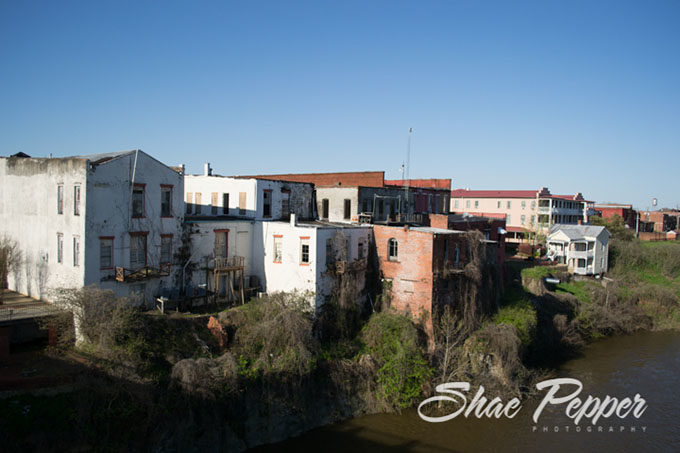
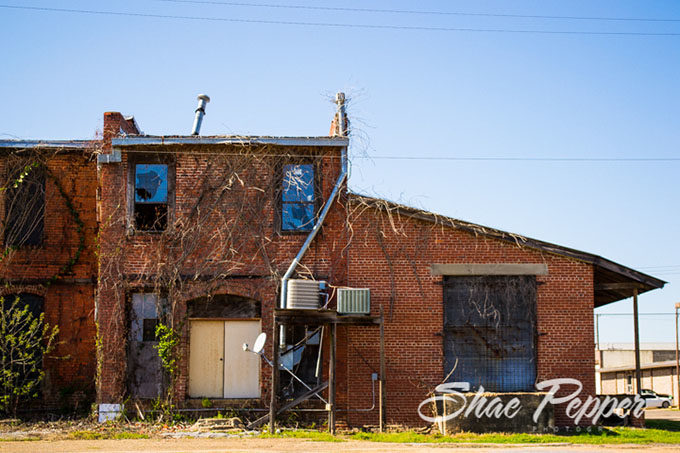
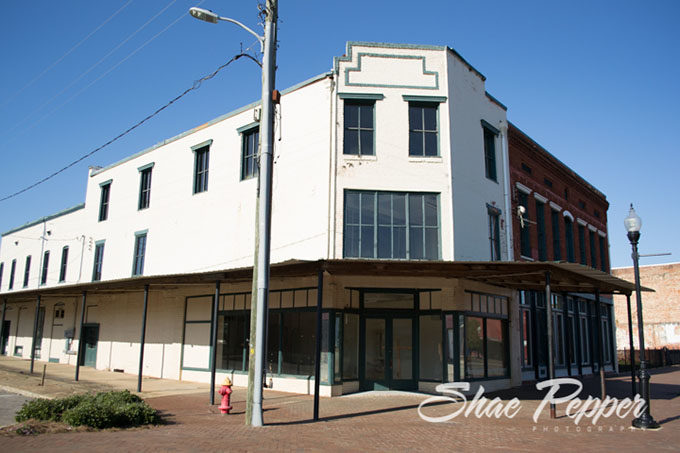

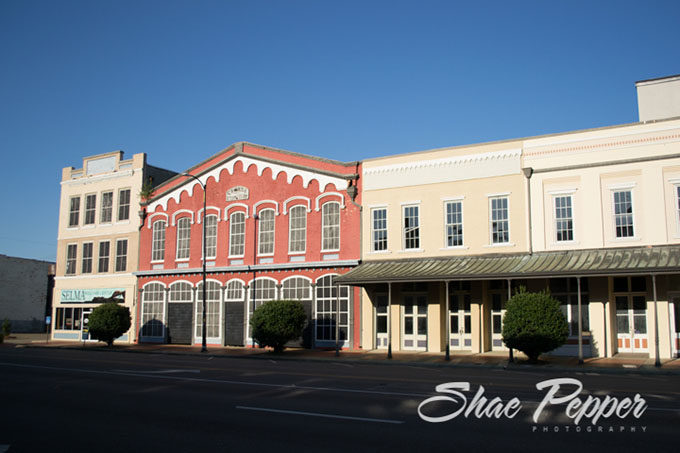
Sadly, one thing we were struck by was the feeling that Selma has been forgotten. Obviously, not by the residents that still make it their home. We picked up a great brochure with a positive note from the Mayor. It’s clear there are still those who want to make Selma great, not just in the past, but for the future.
But it felt forgotten by the outside world, as if most of the residents left. The walk that you take from Brown Chapel AME to the Edmund Pettus Bridge is along empty and rundown storefronts. This historic place must not go the way of a ghost town. There’s too much history. There’s too much change that was inspired there to let it fall off the map as a place that ‘once was.’
I saw on a Trip Advisor review that “it’s worth the visit if you’re in the area.”
No.
It’s worth the visit to the area just to see Selma. Plan a visit. Go see Montgomery and Selma for yourselves. Go to the interpretive centers offered by the National Parks Service (FOR FREE!!!). Walk where Lewis, King, Williams, Nash and Hall walked. See the buildings. See the town. Walk the bridge. Learn about the Tent City that families were forced to live in after fighting for their right to vote and getting it granted! Read the stories. See the memorials. Remember the past and help preserve Selma – and its legacy – for the future.
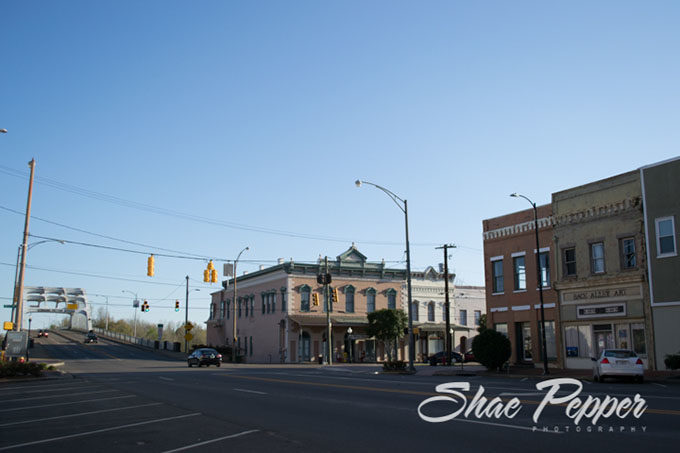
Very informative writing. The pictures aided the writing. Thanks for stating that Selma should be on people’s travel destination list.
Thank you so much for your feedback. Glad you enjoyed the article.
OMG.. Selma looks awesome. Will haveto add it to my USA travel bucket list. Your pictures make your article really come to life.. thanks
Thank you so much- Definitely add it to your list! 🙂
If you get a change, My Next Guest with david Letterman- he had Obama on his first episode and they discussed Selma and the President’s walk through and history involved. It’s pretty good stuff because Obama meets with historical figures, townsfolk and others in his story.
Great suggestion- thank you so much we will try to check it out 🙂
A sad commentary – especially reading the historic plaque about lynchings. I hope the old abandoned buildings can be fixed and put to good use…
Agreed. The Legacy Museum & National Memorial for Peace and Justice is due to open in Montgomery next month which is going to be about lynchings. We were sorry to miss it, so are keen to revisit Montgomery to see it next time once it’s open.